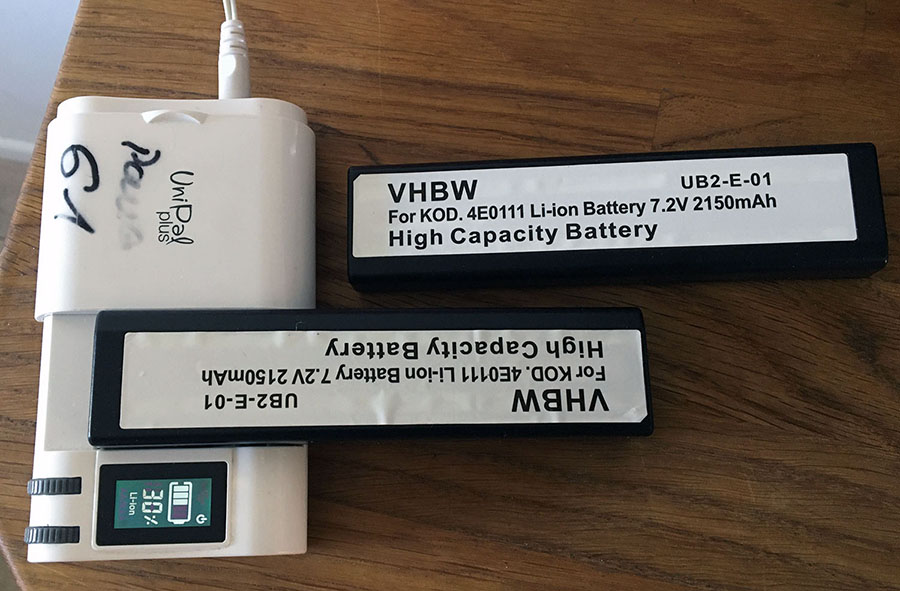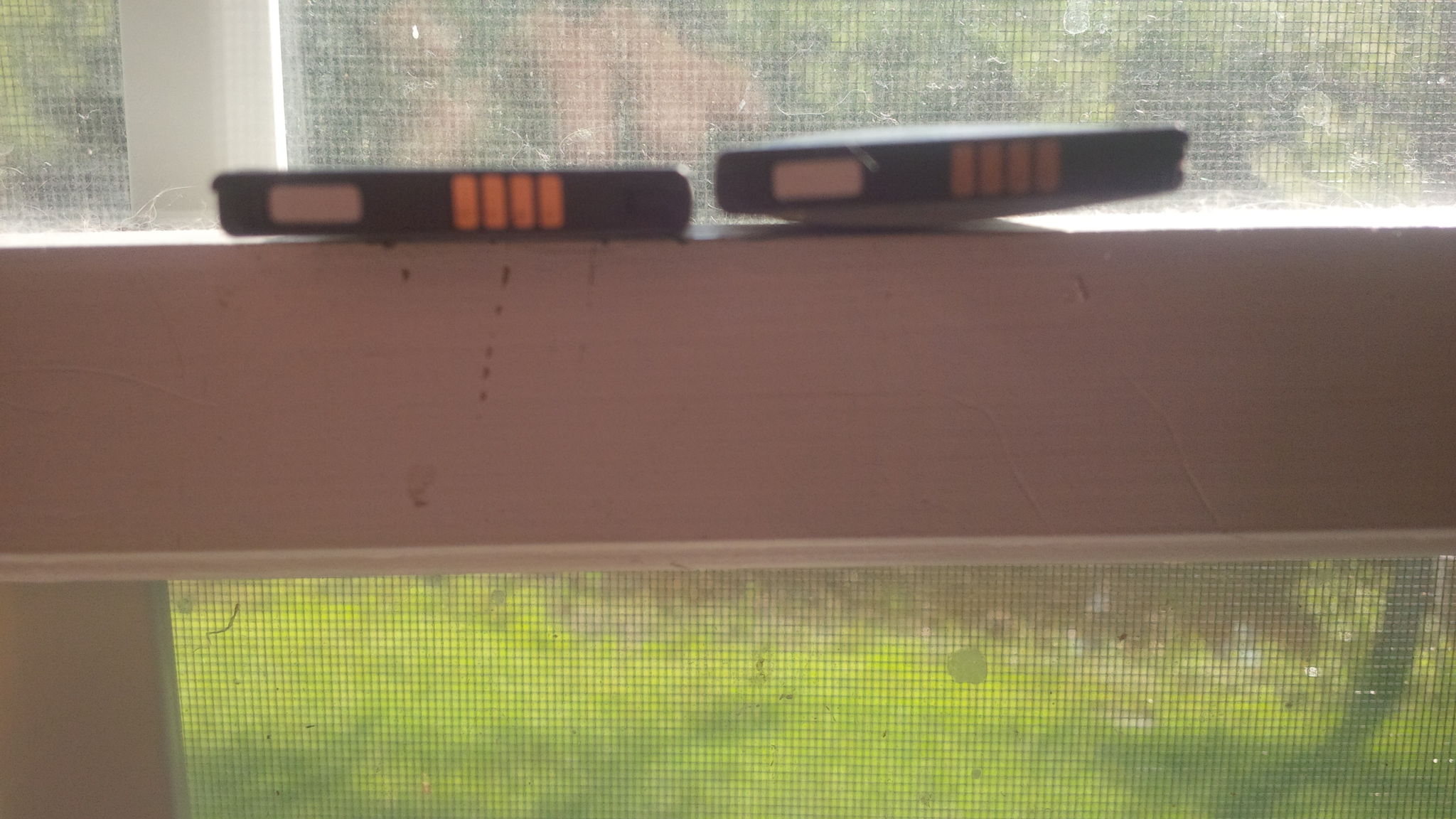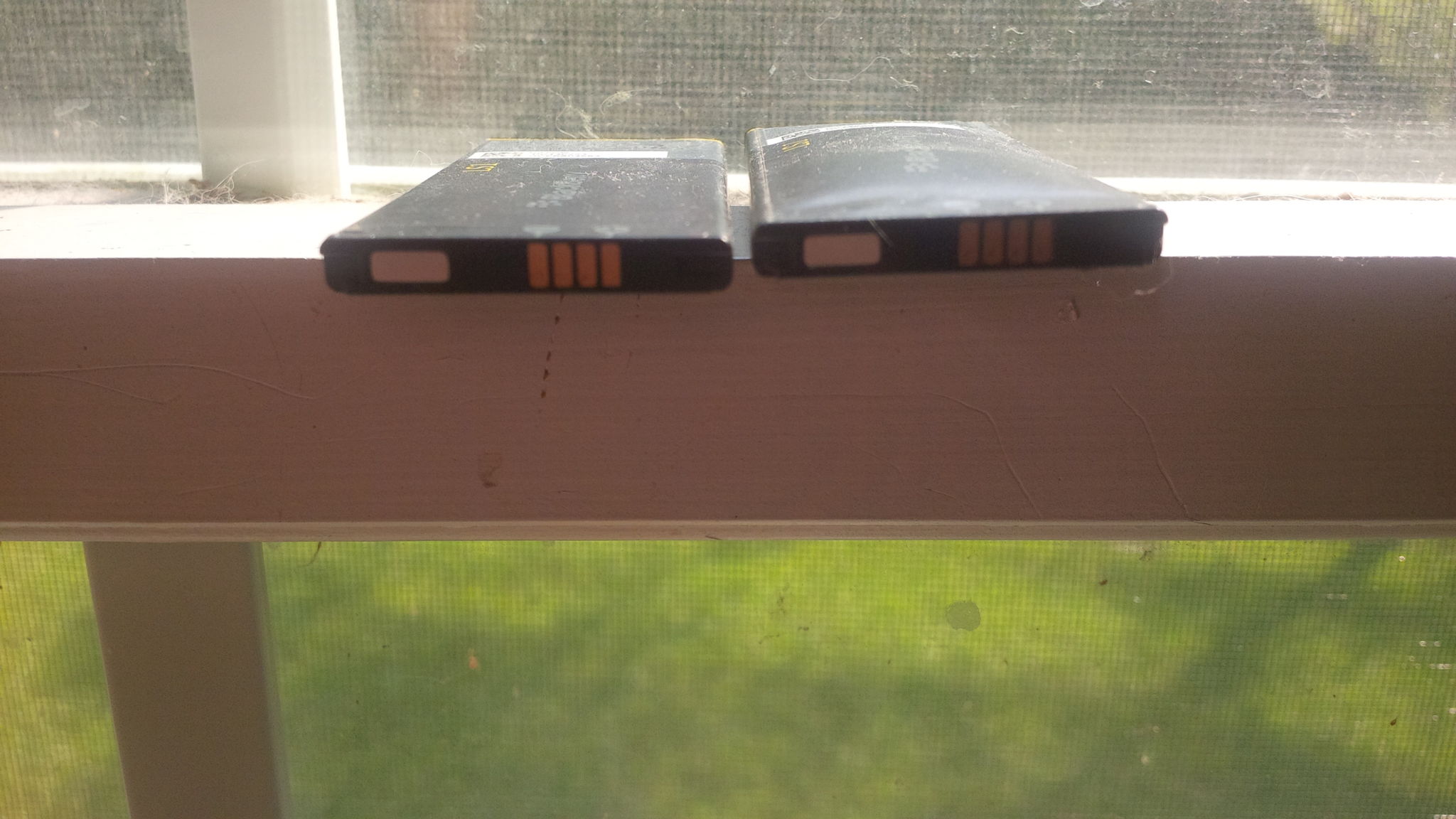Hi,
On, man! The Mind Boggles!

It all boils down to how well the makers of the packs and chargers did their engineering. Li Ion chemistry needs a lot of handholding in both the charge and discharge direction. One has to watch the rates, both voltage and current. This needs to account for the current drains for each and every operating case within the device the batteries power. OEMs usually do this properly, although there have been some sensational news items from time to time where the OEMs got it wrong.
All this resides within a controller chip within the battery pack and another within the charger and they have serial data lines between the pack and the charger. This is simplified if the charging takes place within a device. In any case, their is a Field Effect Transistor switch inside the pack which can be opened up if the rates and levels get out of whack. This prevents the *poof* of the Li Ion cell(s). Usually.
What always worries me is when someone makes a LiIon pack up to replace a NiCD or NiMH OEM pack. Now all the work has to be incorporated within the controller inside the pack. Hopefully they did that properly. Heck, hopefully they put a chip in there to begin with.
This thing you show looks like both the charger and the pack are from the same maker. So, they probably got it right.
The next part concerns where the cells came from. OEMs usually have tighter specs for them, and the cell makers cull out ones that don't make the grade. Those go elsewhere and wind up being made by 3rd parties into low-cost packs. Those can be sold as equivalent replacement packs but might hide a really weak performance cell(s). Hopefully, those just don't last as long in service. But, weak cells also have this nasty tendency to swell up like a dead possum alongside the highway in July. This usually means the danged thing gets stuck inside the device. Sometimes they go *poof*.
Of course, the swelled up Li Ion pack also occurs to OEM packs sometimes as the pack nears end of life. They make gas and swell up the sealing bag around the cell. This is within any plastic outer shell, but the pressure is enough to crack the shell and swell up anyway.
I recently had a client who was experiencing all sorts of oddball failures in their year-old devices. The root cause was swelling Li Ion packs which were installed centrally within the device. Those cells were from a source where they had a bit of an issue due to ramping up due to extra demand. And, all this was with proper engineering. Just an Oops.
I am still using BlackBerry Z10 phones from 2013. A product I did R+D on. The 2013 LiIon packs are beginning to swell up from age. So, off to eBay for some replacements. $2 each, so they don't break the bank.

But, I chose actual BB OEM batteries. One of the uses is one phone that sits in a window here on the farm always hooked to a charger. The phones won't operate minus the battery or I'd not have had a battery in. It connects the cell service to WiFi and so I can have internet. This is all that is available here. Well, also satellite, but that has so much latency that it isn't a good option. But, that is another story.
Anyway, that battery puffed to the point where it popped the snap-on back cover off. That propelled the phone to the floor where the battery fell out. An automatic safety device!

I then -carefully- discharged the pack to render it safe. I feared it was close to the *poof* point. But, discharged packs don't tend to *poof*. Not enough energy left. Now I carry it around to show folks just what I mean by a Puffy Possum Battery.
So, keep a close eye on those things. Me, I will stick with NiMH for my Kodak DCS cameras. I still have three. A 760c, a 660m and a 520c (that last is ususally battery-less and on the AC supply). If new NiMH packs become unavailable, I will re-cell myself but use NiCD. I still prefer NiCD over anything else. That is one robust cell chemistry. Heavy and low capacity but they work under all sorts of extremes. Once they got rid of the memory effect, they have been my go-to for my own stuff. Especially 2-way radios.
Stan



